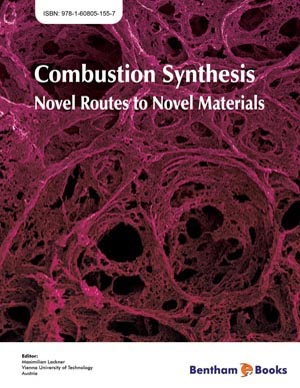Abstract
Synthesis of carbon encapsulated metal nanoparticles by rapid, thermally enhanced synthesis reactions (combustion) is reviewed. Both technical apparatus, the methods, and analysis of the fundamental issues are discussed. In technical issues, the sample preparation procedures with the particular emphasis on their structure and chemical composition is given. Various methods of the reaction ignition and control are assessed. The reaction post processing procedures with particular emphasis on the removal of the by-products is discussed. Different metals that can be encapsulated by the carbon graphite-like layers are mentioned and the reaction parameters are listed. Discussion of the fundamentals of combustion methods includes the principles of the processes, such as their thermodynamic basis, involving the temperature and pressure dependence resulting in different efficiency of the synthesis. The reaction products are characterized including grain size and structure, the crystallographic properties such different phases, change of chemical composition due to segregation, etc. The characterization techniques include the chemical analysis, Transmission Electron Microscopy (TEM), SQUID (Superconducting Quantum Interference Device magnetometer) magnetic measurements and Mossbauer Spectroscopy (in the case of Fe-containing samples). The combustion synthesis is critically compared with other methods. Possible applications in various branches of technology, medicine, environment protection and other areas are listed.




















